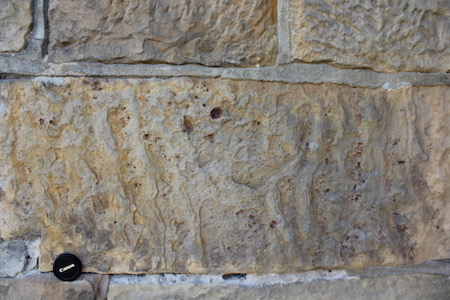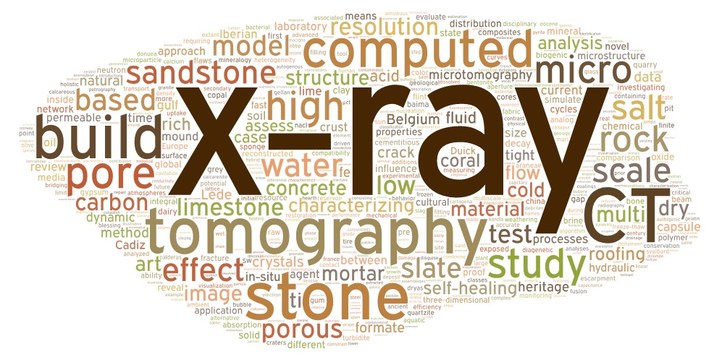Research Unit Pore Scale Processes in Geomaterials (PProGRess)
Rocks are not immutable materials, but interact with the environment in which they find themselves through pores and cracks. PProGRess (Pore-scale Processes in Geomaterials Research group) is a dynamic group that investigates which chemical, physical and biological processes take place in the pores of geomaterials on a microscopic to macroscopic scale. This research finds applications in both the subsurface and in rocks used as (building) materials, mainly in the context of the environment. In the subsoil PProGRess mainly studies processes in geological reservoirs and aquifers, for example how we can store CO2 in the subsoil. Above ground the focus is on the use and conservation of natural stone in cultural heritage and what the interaction is with our atmosphere in a context of climate change.
Since these processes take place on different scales, the group specializes in non-destructive 3D imaging of rocks on the nano- to the macro-scale.
By combining non-destructive research techniques PProGRess characterizes petrophysical properties of geomaterials and the fluid flow in their pores and fractures on the sub(micron) scale. One of the most import experimental techniques that PPRoGRess is using to investigate pore scale processes is “X-ray micro-CT”, a high resolution version of the well-known CT- or CAT-scanners.
PProGRess is one of the founding members of the UGent Expertise centre for X-ray Tomography (UGCT), where they, together with the research groups of Radiation Physics (coordinated by Prof. L. Van Hoorebeke & Prof. M. Boone) and Woodlab (coordinated by Prof. J. Van Acker & Prof. J. Van den Bulcke) try to push the boundaries of non-destructive imaging.
Natural building stones (like the stone of Bad Bentheim (Germany) in the figure) tell us a story of the local geology as well as the art-history of a building. These stones are also an important source of information of the environmental conditions they are exposed to. Conservation and restauration actions start from the fundamental knowledge of the material characteristics and their interactions with the environment.

A liquid (in red) is penetrating into the pores of a sandstone. This experimental image represents the internal part of a sandstone imaged using X-ray micro-CT.
Contact:
Ghent University - Department of Geology
Campus Sterre, S8
Krijgslaan 281
B-9000 Gent

